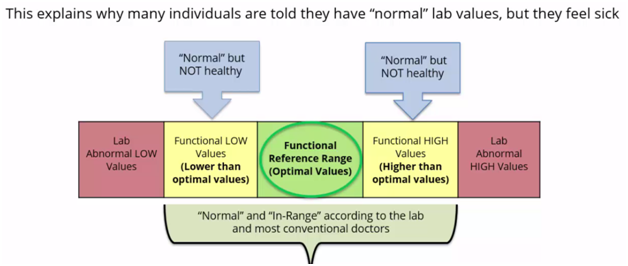Functional Medicine Testing
A few common functional labs are:
Comprehensive Stool Analysis
The Gastrointestinal Microbial Assay Plus (GI-MAP) was designed to assess a patient’s microbiome from a single stool sample, with particular attention to microbes that may be disturbing normal microbial balance and may contribute to perturbations in the gastrointestinal (GI) flora or illness. It primarily uses multiplex, automated, DNA analysis to give integrative and functional medicine practitioners a better view into the gastrointestinal microbiome. It measures:
-
Microbial targets as well as immune and digestive markers. It screens for pathogenic bacteria, commensal bacteria, opportunistic pathogens, fungi, viruses, and parasites.
-
Pathogenic organisms that can cause hospital-acquired infections (HAI) such as C. difficile or norovirus, foodborne illness such as E.coli or Salmonella, and common causes of diarrhea such as Campylobacter, Shigella, and rotavirus A.
-
Viral causes of gastroenteritis, unavailable by other common stool tests.
-
Parasites such as Cryptosporidium, Giardia, and Entamoeba histolytica.
-
Helicobacter pylori and its virulence factors.
-
Opportunistic pathogens such as Pseudomonas aeruginosa, Klebsiella pneumoniae, Yersinia enterocolitica, and Proteus mirabilus, associated with autoimmune molecular mimicry.
-
Single-celled, amebic parasites such as Blastocystis hominis, Dientamoeba fragilis, and Entamoeba coli.
-
Fungal organisms such as Candida, Geotrichum, and Microsporidia, with the latter being a new addition to DNA stool analysis.
-
Standard markers of immunity, inflammation and digestion including calprotectin, secretory immunoglobulin A (sIgA), anti-gliadin antibody, and pancreatic elastase.
-
Functional Serum Labs

Your serum lab results provide you with two numbers per marker – your value, and its lab range. When your number falls within the lab range, it is considered abnormal.
Functional medicine adds a third number – a functional range for each marker. This range includes functionally low, normal, and functionally high. Functionally low or high is not considered normal or abnormal, but imbalanced.
Input your serum lab markers to see if your serum labs are “normal.”
Hormone DUTCH Testing
There are many ways to measure hormones such as cortisol, DHEA, melatonin, estrogen and testosterone – serum, saliva, hair, and urine. The two most popular are saliva and urine.
Urine testing as many advantages over saliva testing. It is non-invasive, easy to collect, has the ability to measure cortisol at different time points throughout the day, and measures free and total cortisol, as well as cortisol metabolites.

